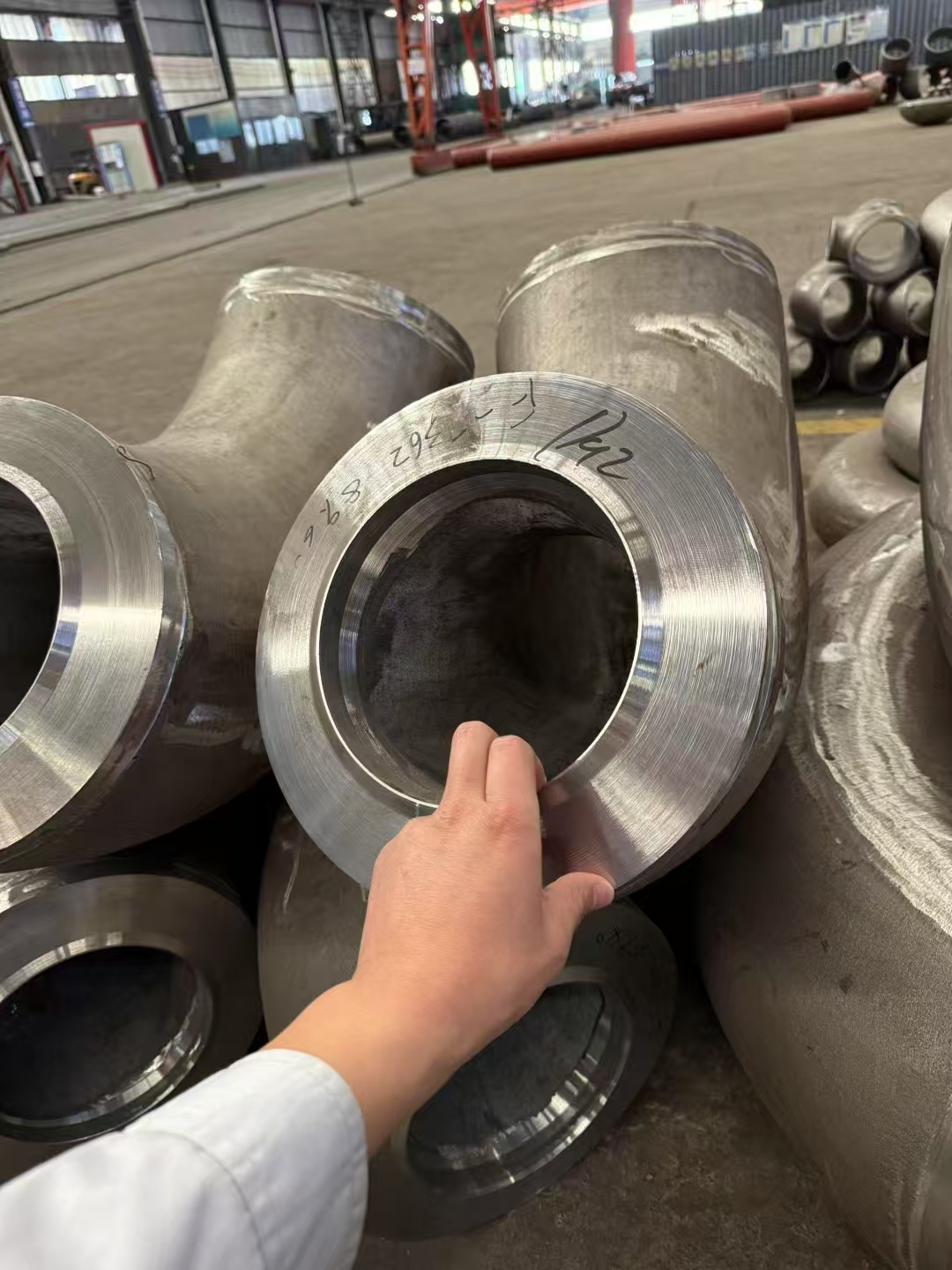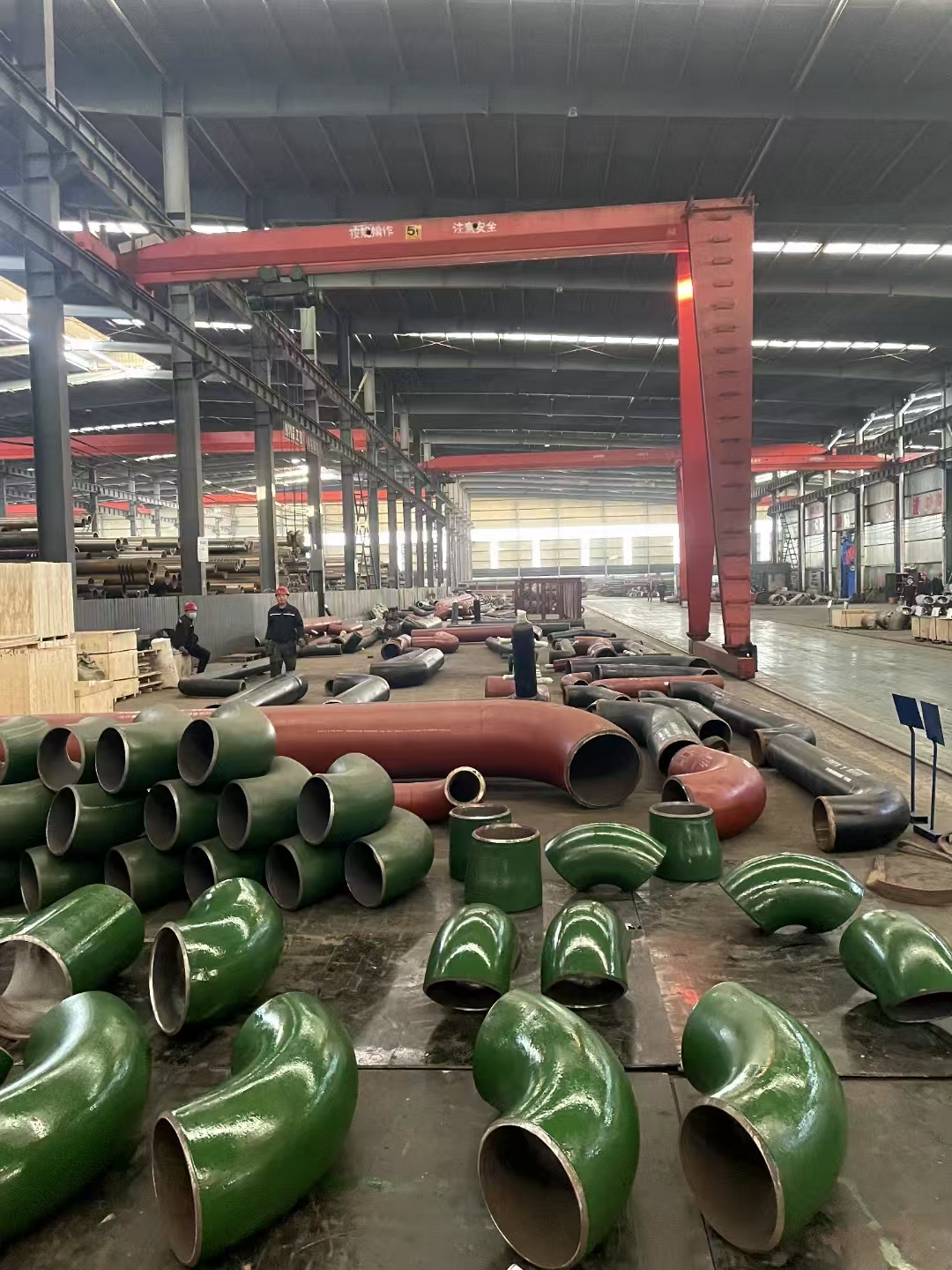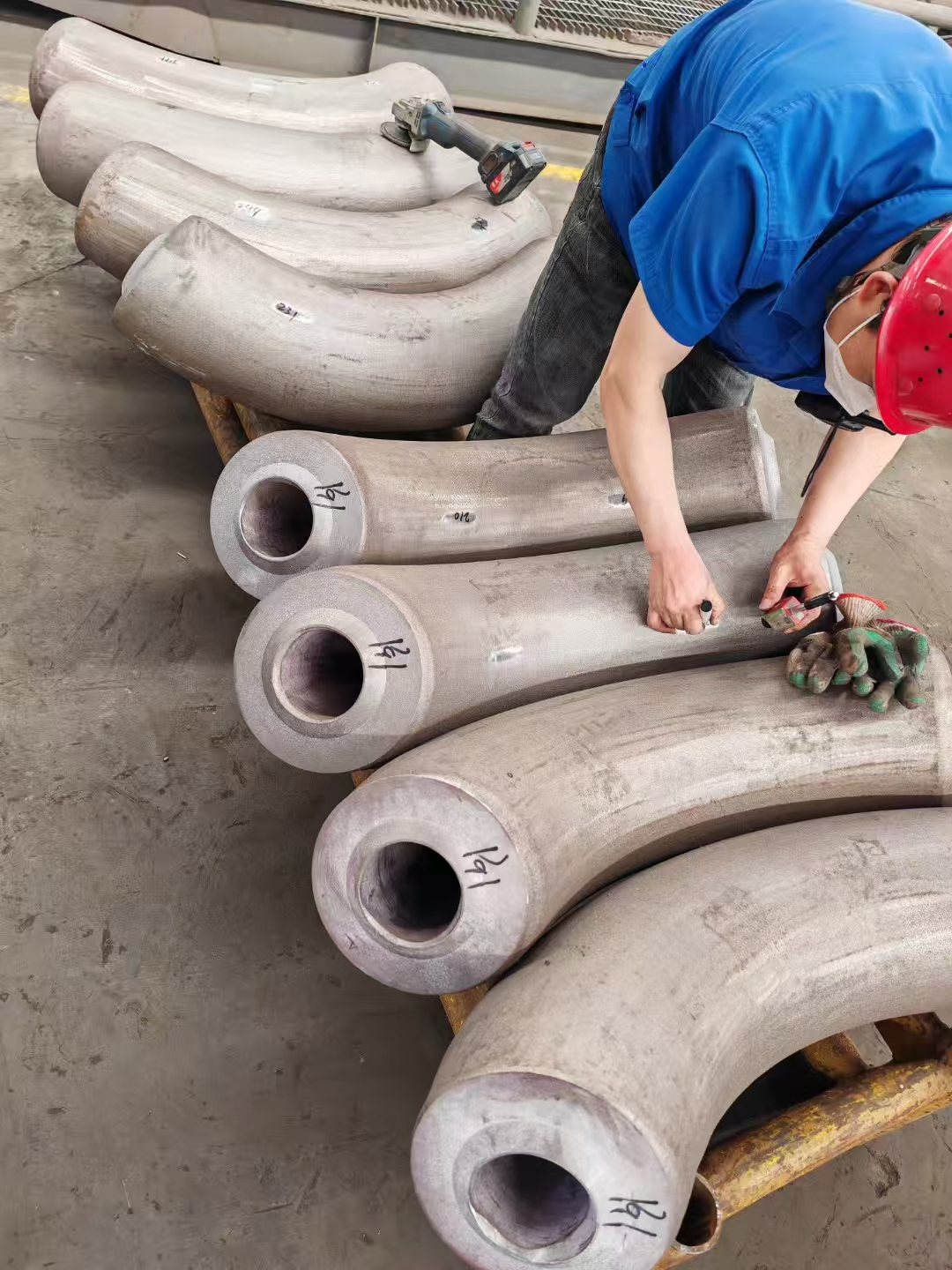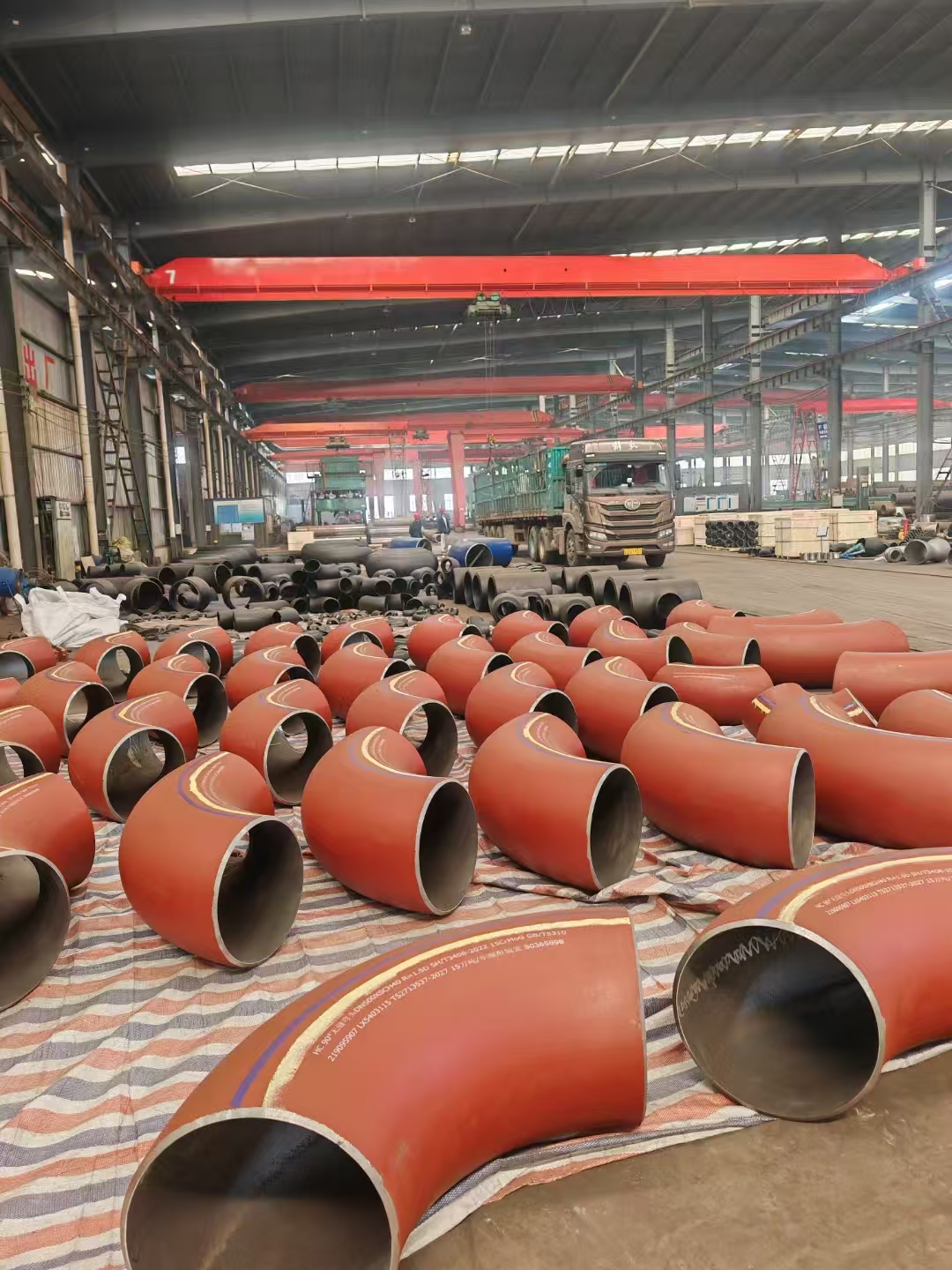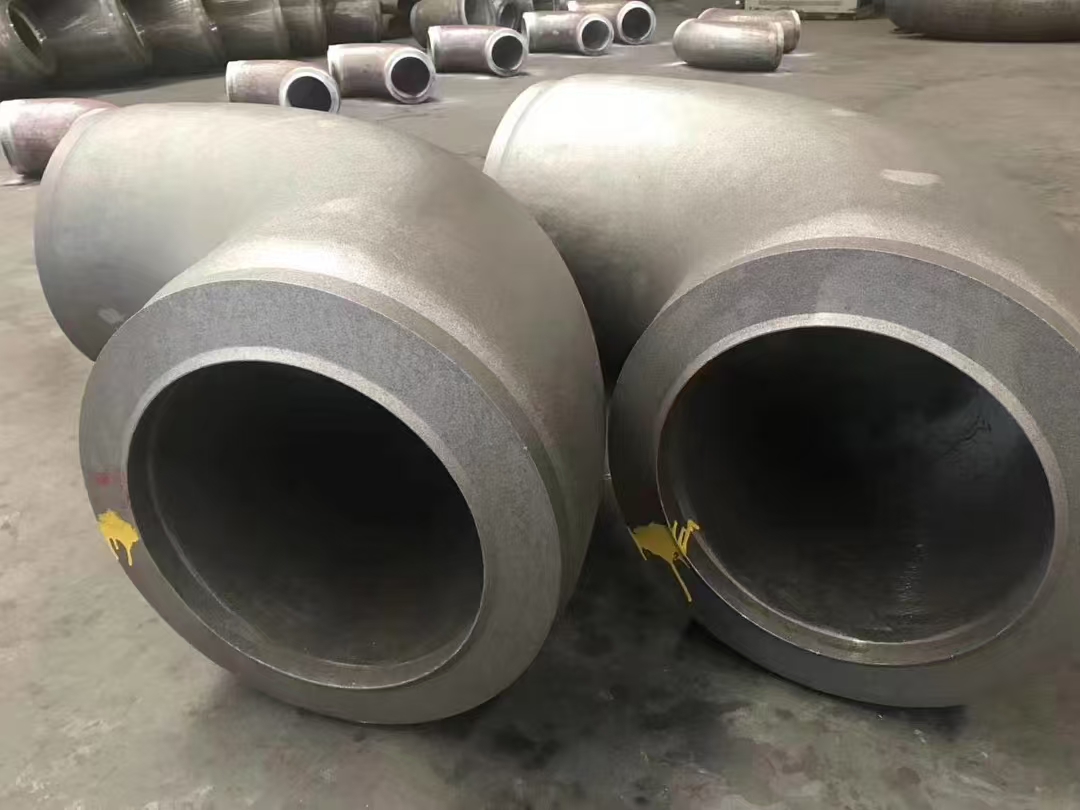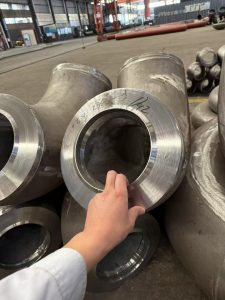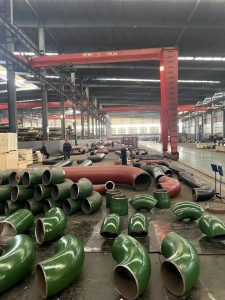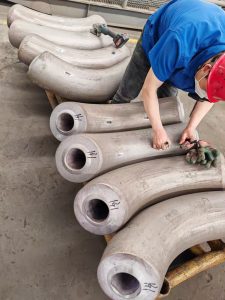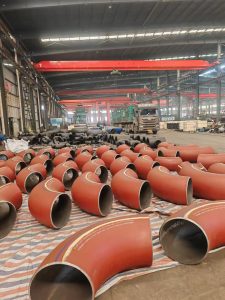**EN ISO 9606-1** is a European standard that specifies the requirements for the qualification testing of welders who perform fusion welding of metallic materials. This standard is part of the ISO 9606 series, which provides a framework for the qualification of welders to ensure they possess the necessary skills and knowledge to produce high-quality welds. The certification under EN ISO 9606-1 is widely recognized and often required in various industries, including construction, manufacturing, and engineering.

### Key Aspects of EN ISO 9606-1:
1. **Scope**:
– The standard applies to the qualification of welders for the fusion welding of steels.
– It covers various welding processes, including manual, semi-automatic, and fully automatic welding.
2. **Welder Qualification Test**:
– Welders must pass a practical welding test to demonstrate their ability to produce sound welds.
– The test involves welding a test piece under specified conditions, which are then evaluated through visual inspection and mechanical testing.
3. **Test Pieces and Welding Positions**:
– The standard specifies the types of test pieces and welding positions that must be used for qualification.
– Common test pieces include plates, pipes, and tubes.
– Welding positions include flat, horizontal, vertical, and overhead positions.
4. **Evaluation Criteria**:
– The welded test pieces are subjected to visual inspection and mechanical tests, such as tensile tests, bend tests, and macro examinations.
– The welds must meet specific criteria for appearance, dimensional accuracy, and mechanical properties.
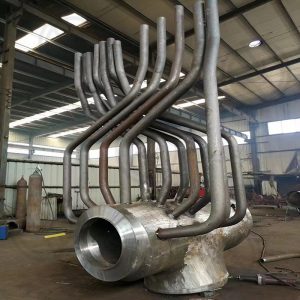
5. **Range of Qualification**:
– The qualification is valid for a defined range of materials, thicknesses, diameters, and welding positions.
– The standard provides guidelines on the extent of the qualification based on the test results.
6. **Validity and Renewal**:
– The welder qualification certificate is typically valid for a specific period, often two years.
– Renewal may require retesting or evidence of continued welding activity and competence.
7. **Documentation**:
– A welder qualification certificate is issued upon successful completion of the test.
– The certificate includes details such as the welder’s name, identification number, welding process, materials, thickness range, welding positions, and the date of qualification.
### Steps for Welder Qualification:
1. **Preparation**:
– Select the appropriate welding process, materials, and test pieces based on the intended application.
– Ensure the welder is familiar with the welding procedure specification (WPS) and the requirements of the standard.
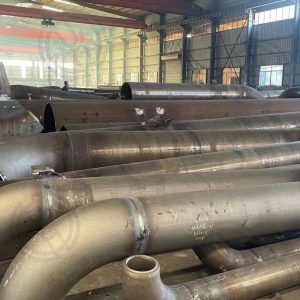
2. **Welding Test**:
– Perform the welding test under the specified conditions.
– Monitor and record all welding parameters and conditions.
3. **Inspection and Testing**:
– Conduct visual inspection and mechanical tests on the welded test pieces.
– Evaluate the test results to ensure they meet the required criteria.
4. **Documentation**:
– Compile the test results and other relevant information.
– Ensure all documentation is complete and accurate.
5. **Certification**:
– Submit the documentation for review and approval by the relevant authority or certification body.
– Upon approval, issue the welder qualification certificate.
### Importance of EN ISO 9606-1:
– **Quality Assurance**: Ensures that welders possess the necessary skills and knowledge to produce high-quality welds.
– **Safety**: Helps prevent welding failures that could lead to accidents or equipment damage.
– **Compliance**: Ensures compliance with industry standards and regulatory requirements.
– **Interoperability**: Facilitates the recognition of welder qualifications across different projects and organizations.
### Conclusion:
EN ISO 9606-1 is a critical standard for the qualification of welders in various industries. By following the guidelines and requirements set forth in this standard, organizations can ensure that their welders are competent and capable of producing reliable and safe welds. Proper documentation, testing, and adherence to the standard’s provisions are essential for successful welder qualification. The certification under EN ISO 9606-1 is a valuable credential for welders, demonstrating their proficiency and commitment to quality in welding operations.

